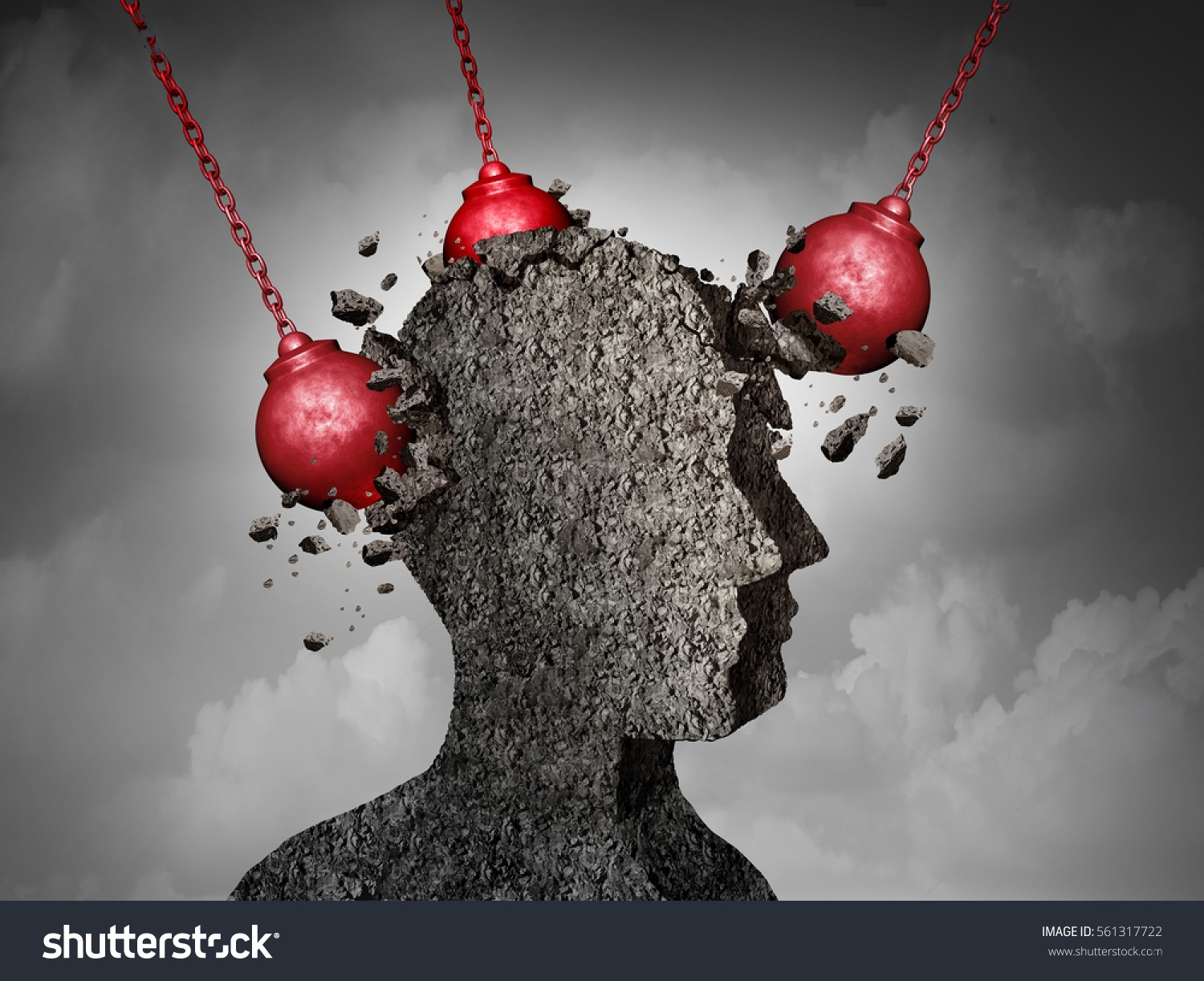Introduction:
Migraines, with their throbbing headaches, nausea, and sensitivity to light and sound, can be debilitating for those who suffer from them. While medications are often the go-to solution, an emerging ally in the battle against migraines is physiotherapy. In this comprehensive article, we will explore the role of physiotherapy in migraine treatment, delve into effective solutions offered by physiotherapists, and highlight recent studies that shed light on the promising outcomes of this approach.
What Happens During A Migraine Episode?
During a migraine episode, individuals often experience a complex interplay of neurological and vascular events, resulting in a range of distressing symptoms. The hallmark of a migraine is an intense, throbbing headache, usually focused on one side of the head. Accompanying this pain, individuals may endure heightened sensitivity to light, sound, and even certain odors. Visual disturbances, known as auras, can precede the headache phase, involving phenomena like flashing lights or zigzag lines. Nausea, vomiting, and dizziness commonly contribute to the overall discomfort. Migraine episodes can vary in duration and intensity, lasting anywhere from a few hours to several days. The exact cause of migraines remains complex, involving genetic, environmental, and hormonal factors. Understanding the intricate nature of migraine episodes is crucial for developing effective strategies for prevention and relief.

An Episode Of Migraine Headache
What Changes In Our Body Leads To Migraine Attacks?
The mechanism behind migraine attacks involves a complex interplay of neurological and vascular factors. A key contributor is believed to be the activation and sensitization of the trigeminal nerve, a major cranial nerve responsible for sensation in the face and head. During a migraine episode, there is a release of neuropeptides, such as calcitonin gene-related peptide (CGRP), leading to inflammation and dilation of blood vessels in the brain. This process, known as vasodilation, is associated with the pulsating headache characteristic of migraines. Additionally, there is evidence of cortical spreading depression, a wave of altered brain activity, which may contribute to the visual disturbances or auras often experienced before the onset of the headache. Genetic and environmental factors also play a role in the susceptibility to migraines. The understanding of the intricate physiology behind migraine attacks is continually evolving, paving the way for targeted therapies and more effective management strategies.
How Exactly Does A Physiotherapy Treatment Works? And Why?
Physiotherapy serves as a valuable intervention in disrupting the physiological cascade of migraine attacks. Through targeted exercises and manual therapy, physiotherapy aims to address underlying factors contributing to migraines, such as muscle tension and poor posture. Specific exercises, particularly those focusing on the neck and shoulder muscles, work to release tension and enhance flexibility, alleviating stress on the trigeminal nerve. Additionally, manual therapy techniques, including massage and manipulation, aid in reducing muscle tightness and improving blood circulation. Posture correction helps mitigate trigger points that may contribute to migraines. By incorporating relaxation techniques and stress management strategies, physiotherapy further addresses environmental factors. The holistic approach of physiotherapy contributes to breaking the cycle of migraine attacks by fostering overall well-being and reducing the frequency and intensity of episodes. This non-invasive and personalized approach aligns with the patient’s specific needs, offering a promising avenue for those seeking relief from the debilitating grip of migraines.
Physiotherapy as a Migraine Solution:
Physiotherapy offers a holistic approach to migraine management by addressing the physical aspects that may contribute to the condition. Here are key physiotherapy interventions that have shown promise in alleviating migraines:
- Neck and Shoulder Exercises: Physiotherapists often focus on strengthening and stretching exercises for the neck and shoulder muscles. Tension in these areas can contribute to migraines, and targeted exercises help release muscle tension, promoting relaxation.
- Posture Correction: Poor posture can be a hidden culprit behind migraines. Physiotherapists work with patients to correct posture imbalances, addressing issues such as forward head posture that may contribute to tension headaches and migraines.
- Manual Therapy Techniques: Hands-on techniques, including massage and manipulation, can be effective in relieving muscle tension and improving blood flow. These methods help release trigger points and reduce the frequency and intensity of migraines.
- Relaxation and Breathing Exercises: Stress is a known trigger for migraines. Physiotherapists guide patients through relaxation techniques and breathing exercises to manage stress levels, promoting overall well-being and reducing the likelihood of migraine attacks.
- Biofeedback: Biofeedback is a therapeutic technique that helps individuals gain control over physiological functions. In the context of migraines, it can involve monitoring and controlling muscle tension, temperature, and other factors to prevent or reduce the frequency of migraines.
Acupressure Points for Migraines:
Acupressure, an ancient Chinese healing method, involves applying pressure to specific points on the body to stimulate energy flow. Here are acupressure points that may help alleviate migraines:
- Yintang (Third Eye Point): Located between the eyebrows, this point is believed to relieve headache pain, eye strain, and sinus congestion.
- Tai Chong (Liver 3): Situated on the top of the foot between the big toe and the second toe, this point may help with stress, headaches, and migraines.
- He Gu (Union Valley): Found between the thumb and index finger, applying pressure here is thought to alleviate pain and tension in the head and neck.
- Feng Chi (Wind Pool): Located on the back of the neck, in the hollow between the two large muscles, stimulating this point may help relieve migraines.
- Zhong Zhu (Utmost Shu): Positioned below the base of the skull, in the hollows on both sides of the spine, pressure on this point may ease headaches and migraines.
Recent Studies on Combined Approaches for Migraines:
- Integrated Approach of Physiotherapy and Acupressure:
A recent study published in the International Journal of Therapeutic Massage & Bodywork explored the combined effectiveness of physiotherapy and acupressure in managing migraines. The findings indicated that integrating these approaches resulted in significant improvements in migraine frequency and intensity compared to individual treatments. - Acupressure and its Impact on Migraine Duration:
Research published in The Clinical Journal of Pain investigated the impact of acupressure on migraine duration. The study demonstrated that consistent acupressure sessions led to a notable reduction in the duration of migraines, showcasing the potential of this traditional practice in managing migraine symptoms.
- Efficacy of Physiotherapy in Migraine Management:
A study published in the Journal of Headache and Pain explored the effectiveness of physiotherapy in reducing the frequency and intensity of migraines. The findings suggested that a tailored physiotherapy program significantly improved the quality of life for migraine sufferers. - Neck Muscle Rehabilitation and Migraine Reduction:
Research conducted by the European Journal of Physical and Rehabilitation Medicine investigated the impact of neck muscle rehabilitation on migraines. The study demonstrated that targeted exercises for neck muscles led to a notable decrease in migraine frequency and intensity. - Biofeedback and Stress Reduction:
A recent review published in the Journal of Neurological Sciences emphasized the role of biofeedback in managing migraines. The study highlighted that biofeedback techniques, often integrated into physiotherapy, contributed to stress reduction and improved migraine outcomes.
Conclusion:
Physiotherapy emerges as a promising ally in the multifaceted treatment of migraines. By addressing physical factors, promoting relaxation, and enhancing overall well-being, physiotherapy offers a comprehensive approach to migraine management. Recent studies underscore the efficacy of these interventions, providing hope for those seeking alternatives or complementary strategies to traditional migraine treatments.
If you or someone you know is grappling with migraines, consulting with a qualified physiotherapist could be a crucial step towards finding relief. The journey to managing migraines effectively involves understanding the condition, exploring diverse treatment options, and embracing a holistic approach that considers both the physical and psychological aspects of well-being. With physiotherapy, individuals can take proactive steps to regain control over their lives and experience the freedom from the storm of migraines.
Contact Us :
If you’re seeking relief from migraines, our dedicated team of physiotherapy experts is here to help. Contact us today to embark on a journey towards lasting relief and improved well-being. Our personalized approach and proven techniques aim to address the root causes of your migraines, providing you with the support and care you need. Don’t let migraines control your life; reach out to us, and let’s work together towards a pain-free tomorrow. Call @ +91-7021231689 or email us at vcure03@gmail.com, now to schedule your appointment and take the first step towards a healthier, headache-free life.

